What is Rainscreen Cladding?
Rainscreen cladding is a methodology devised for protecting building structures from wind-borne rain, combined with an attractive façade. In this exterior cladding system, there is a void between the exterior and the main structure of the building for better ventilation and moisture management.
Because of its flexibility in design, it has been highly in demand for modern architecture as it can increase a building’s durability and energy efficiency.
How Does Rainscreen Cladding Work?
In its most simplified idea, rainscreen cladding provides a ventilated façade. The very heart of this system is a weather-resistant outer layer, the cladding, which must be kept away from the structural wall by some intervening space or cavity. The space serves two critical functions: ventilation and moisture management.
The Rainscreen Gap: Managing Moisture and Ventilation
The ventilated cavity is a small air gap between the cladding and the building wall that allows air to pass through, drying out any moisture that might have penetrated behind the cladding. The ventilated system allows no build-up of moisture that would lead to problems associated with mould growth, material deterioration, and structural damage.
In addition to moisture-related functions, the gap augments thermal efficiency further by acting like an additional layer of insulation. Reducing the heat transfer between the interior of the building and the exterior environment means that with rainscreen cladding, indoor temperatures can remain more consistent.
Additional Layer of Weather Protection
The external layer of cladding acts as a first line of defence against weather conditions such as rain, wind, and UV rays. This improves the longevity of the building’s structure and ensures the interior environment remains comfortable and dry.
Types of Rainscreen Cladding Systems
Various materials can be used for rain-screen cladding systems, each offering different benefits depending on the project’s needs. Choosing a suitable material depends on climate, building type, and aesthetic preferences.
Materials Used in Rainscreen Cladding
Wood: Wood cladding possesses a naturally decorative appearance that gives a building a friendly, organic appeal. Wood cladding requires regular maintenance to prevent damage from weathering.
Metal: Commonly used in commercial buildings, metal cladding is very robust. It is thought to be modern and sleek in appearance and feel. It is also highly effective at withstanding weather and boasting a long service life.
Fibre Cement: Fibre cement cladding is versatile and cost-effective, popular in balancing strength, durability, and minimal maintenance requirements.
Stone: Stone cladding offers a high-end, luxurious finish with good weather resistance. Stone cladding is normally utilized in high-budget projects where aesthetics and durability are essential.
All these materials help in thermal insulation, offer protection against weather, and, at the same time, give an aesthetic look to the building.
Key Benefits of Rainscreen Cladding
Rainscreen cladding systems offer many advantages that have made it a frontrunner in both commercial and residential projects.
Enhanced Weather Resistance
The rainscreen cladding systems protect the buildings from severe weather conditions, including rain, wind, and ultraviolet radiation. Since the system is multi-layered, the structure remains unaffected even under adverse weather conditions.
Improved Thermal Efficiency
These systems reduce heat transfer by allowing an air gap between the cladding and wall of the building. This makes the building energy-efficient due to reduced heating and cooling costs typically added in large, space-consuming commercial buildings that have to maintain their temperature at a consistent mark at all times.
Moisture Management
Water infiltration is one of the worst issues any cladding can present. Rainscreen cladding creates a drainage plane that prevents water from infiltrating the structure and thus avoids mould, rot, or other damage forms.
Aesthetic Versatility
Rainscreen cladding allows architects to play with an enormous palette of materials, colours, and textures, creating special and modern façades. The options are almost endless, from the most minimalist look that metal cladding can give to an industrial-like look to a more rustic or natural look with wood.
Applications of Rainscreen Cladding in Commercial Buildings
The varied applications and durability of rainscreen cladding make it very popular commercially. Typical applications include:
High-rise office buildings: The system protects the tall structure from extreme winds and heavy rainstorms, thus improving energy efficiency.
Healthcare facilities: Rain-screen cladding provides moisture management for these buildings, helping to maintain clean, dry interiors critical for health and safety.
Retail stores: The outlook of commercial establishments is enhanced by rainscreen cladding. Its thermal performance is improved, hence decreasing operating costs.
With innovative design and materials applications, rain-screen cladding can protect structures from weather while enhancing energy efficiency. Even corporate branding can be effectively done with rainscreen cladding.
Sustainability and Environmental Impact
Sustainability is at the heart of the architectural landscape today. Rainscreen cladding might have an added advantage to the sustainability of a building in the following ways:
Energy Efficiency: The rainscreen systems reduce the heating and cooling demands of a building, thus reducing the general energy consumption by a building.
Use of Recyclable Materials: Most rainscreen cladding systems are made from recyclable materials that reduce their environmental footprint. Recyclable materials include metals and fibre cement that can easily be repurposed, adding to the project's sustainability.
Rainscreen Cladding Regulations and Standards
Rainscreen cladding systems are subjected to rigorous building regulations and standards concerning safety for effectiveness and safety.
Fire Safety Standards
In recent years, most of the attention of building codes has focused on the fire issue in cladding systems, especially for high-rise buildings. To achieve such standards that prevent the spread of fire, the materials to be used must be fire-resistant and accompanied by strict testing.
International Building Codes
Building regulations, such as the International Building Code (IBC), outline specific standards for rainscreen cladding in terms of weather protection, moisture management, and ventilation. These codes are crucial for ensuring that buildings are safe and energy-efficient.
Is Rainscreen Cladding Expensive?
The prices for rainscreen cladding vary all over the place, considering a few factors that include but are not limited to material type, size of the job, and complexity of the installation. On average, the cost for rainscreen cladding in Canada ranges from $40 to $80 CAD per square foot. Prices can be way higher for premium materials such as stone or high-performance metals.
Although fibre cement is one of the more economical options, it is generally less expensive; the costs, while perhaps appearing high upfront, offer many long-term advantages in reduced maintenance and improved energy efficiency, extending the building life, thereby making this cost-effective for commercial buildings.
For a business owner or corporate decision-maker, that may translate into huge savings throughout a building's life. To learn more about this product and others in our line, get a quote for your project by contacting one of our sales representatives today. Let our team find the right rainscreen cladding solution for your budget and design.
Final Thoughts: Why Rainscreen Cladding is a Smart Investment
Rainscreen cladding not only offers superior benefits regarding weather protection, thermal efficiency, and aesthetics, but from a commercial point of view, this also includes guarding against inclement weather and energy consumption while providing additional architectural design possibilities, constituting a very wise long-term investment. Decision-makers have the assurance of knowing that with rainscreen cladding, their buildings will be functional and visually appealing well into the future.
Ready to explore the benefits of rainscreen cladding for your next project? Please contact us today to discuss customized solutions that meet your building's unique needs. Whether aesthetic design, energy efficiency, or long-term durability is at the top of your mind, we have the know-how to bring your vision to life.


